#tisey #skypespanish www.spanishclassesonline.biz www.spanishconversation.net/
|
Students at Spanish Conversation School brush past tall grass on their hike to the top of a mountain in Tiséy Reserve near Estelí Nicaragua. You can see volcanoes on the Pacific coast more than 50 miles away on a clear day.
#tisey #skypespanish www.spanishclassesonline.biz www.spanishconversation.net/
0 Comments
 Oxen Plowing -http://nicaliving.com/node/7304 Oxen Plowing -http://nicaliving.com/node/7304 "The Ox is slow...but the Earth is Patient." (unknown) The oxen's names might be Juan and Venado; John and Deer. Maybe a little bright green paint will help you get it. Some advantages over a tractor. Oxen fertilize the garden while they work. You can't eat a tractor when it breaks down. http://www.spanishconversation.net/  Pitaya Cactus Flower There are 3 species native to Nicaragua, with a lot of variability within the species. Actually, there can be a lot of variability within the same plant. All 3 produce the Pitaya fruit. Flower will turn to the fruit you see in upper left...If it was pollinated of course. http://www.spanishconversation.net/ The view is looking to the south on Lake Nicaragua (Lago Cocibolca). That volcano in the middle is Vulcán Concepción and Vulcán Maderas is shorter and to the left right behind it on the island of Ometepe. The more rounded peak to the right is Zapatera.
http://www.spanishconversation.net/ 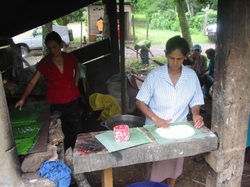 Güirila - www.spanishconversation.net/ Güirila - www.spanishconversation.net/ A Güirila is a tortilla made from young white corn. They are thick, sweet, filling, and usually eaten with crumbled white cheese. Güirilas are cooked on a hot metal sheet in banana leaves to prevent them from sticking or burning. Güirilas originated in Palcila, a small town in Matagalpa, in the north of Nicaragua. People in Estelí near Spanish Conversation School of Estelí are very good at making this tasty and filling Nicaraguan delight. http://www.spanishconversation.net/ Take a weekend day-trip from our Spanish school to ride the zip-line through the treetops down the side of Vulcán Mombacho near Granada. It's called a Canopy Tour-- where you go high up the side of a volcano in the chain of volcanoes spreading across Nicaragua.
On the ground, before you start they outfit you with an industrial climbing harness, a hardhat and a thick pair of gloves. Then they teach you how and when to use the gloves to slow yourself down by squeezing more or less on the overhead steel supporting cable, the zip-line. It sounds scary while they are teaching you. Will you remember what to do? Not to worry, each person has their zip-line expert riding with them and controlling their speed if they should forget or not do it right. Next, you climb up a ladder attached to the side of a huge tree leading up to a solid wooden platform nestled in the branches of a tree in the heart of the forest canopy. Now on the platform, when you look down below into the steep forested space you instinctively hug tighter to the tree trunk and to the strong railing surrounding the platform on two sides as they clip your harness onto the steel ring planted firmly in the tree so you can't possibly fall. I am a senior citizen and did not dare to go first but the pastor's courageous wife volunteered to be the first sacrifice to the non-existent mountain gods. She flew away squealing with glee. "Wow, I'm next!" I shouted wildly. What a fantastic experience. My guide lifted me up and connected me to the cable and zip--off we flew down to the next of 18 platforms that stitch their way down the mountain through a variety of different species of trees and animals which I was oblivious to in my excitement. Speed control is very important. If you go too fast you will slam into the upcoming tree, if too slow you will come to a stop before you get there. I was nervous and braked too much on one of the legs and came to a stop about 15 feet in front of the platform. My zip-line guide had to pull us hand over hand to the platform. It's seems funny that I didn't feel at all afraid dangling by a wire above the tops of trees more than 90 feet below. If I wanted to see the marvels and beauties of the forest canopy I would have to ride it again another day when all the adrenalin was gone out of me. It was a blast. You'll love to experience this for yourself when you come for classes. http://www.spanishconversation.net/blog.html 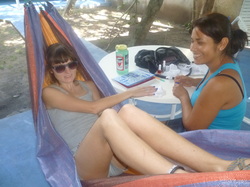 Spanish Manicure www.spanishconversation.net Spanish Manicure www.spanishconversation.net I know this doesn't seem like the right thing to do during a Spanish class but we have some proper freedoms here at our special school. What is better than using your newly learned Spanish in a practical demonstration? Caitlin learned some new words and had fun learning. They also went to the public market where there are dozens of tropical fruits and veggies to discover the names of. And... to learn how to barter Nicaraguan style. http://www.spanishconversation.net/ Gloria Bucardo cooks one of the finest dishes in Estelí, in all Latin America. Nacatamales are made lovingly with an assortment of meats, raisins and corn meal. Then wrapped in banana leaves and cooked for hours over a wood fire. The tender morsels melt in your mouth. This a special breakfast treat. http://www.spanishconversation.net/
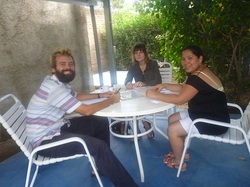 Intercambio http://www.spanishconversation.net/ Intercambio http://www.spanishconversation.net/ It's Christmas Eve here in the garden at Spanish Conversation School of Estelí in Nicaragua. It's time for a language exchange session. There is a pleasant breeze blowing 78 degree dry mountain air around them. From the left you have Brian, Caitlin and Dilma. Dilma was born in Nicaragua and is a native Spanish speaker with almost no English but is a fast learner. Brian and Caitlin are studying Spanish at our school. Brian is an intermediate and Caitlin is advanced and they are from different parts of the USA. They are taking turns making conversation in their own languages and teaching the others. It's very informal and a lot of fun.http://www.spanishconversation.net/ |
AuthorHi, I'm Kenny. After I retired from Kodak in 2005 I started to visit Central America to learn Spanish. I discovered while attending various language schools that I didn't learn well using their methods. So I set about to find a better model. I think I have found it. Check out this web site and offer more suggestions to help build this model. Archives
December 2014
Categories
All
|






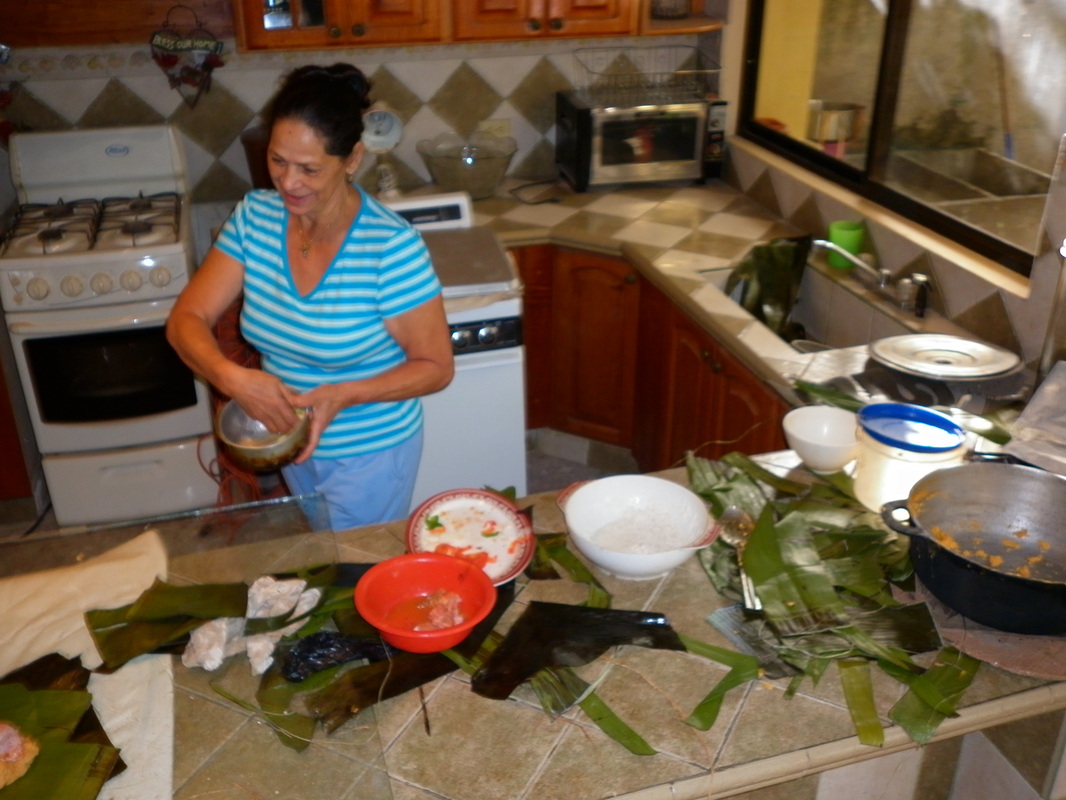

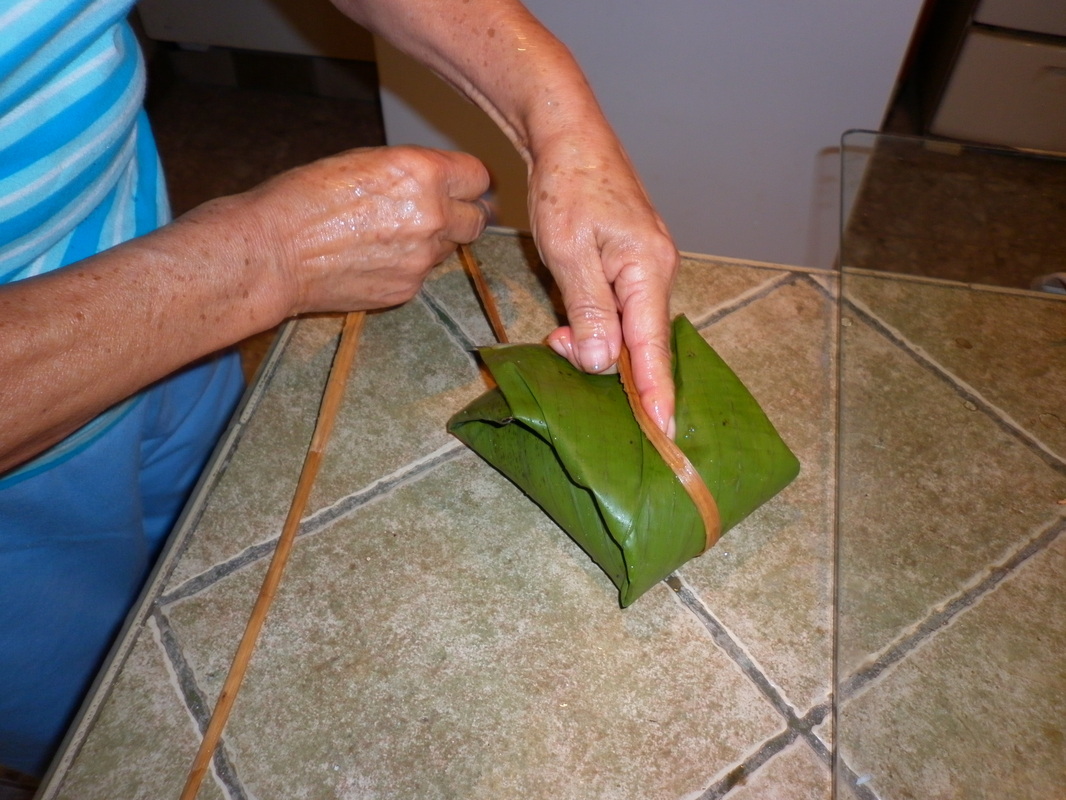
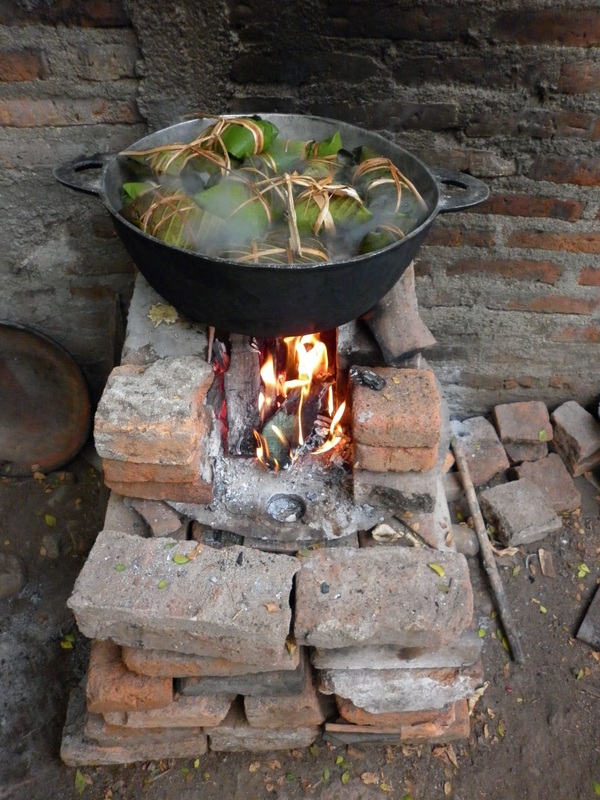

 RSS Feed
RSS Feed